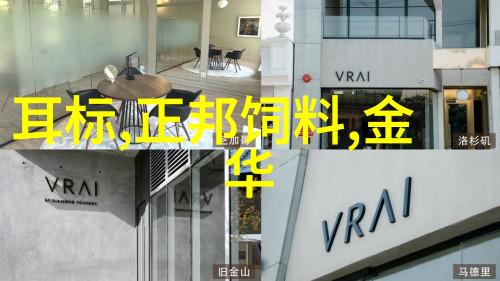随着全球能源需求的持续增长,煤炭作为主要的燃料和原材料,其在工业生产中的地位仍将不可或缺。然而,传统的煤炭开采和处理流程存在许多问题,如低效率、高能耗、环境污染等。为了解决这些问题,我们需要不断创新和升级煤炭分选机,以提高其效率和可靠性。

首先, Coal preparation technology has made significant progress in recent years, with the development of advanced coal separation equipment and technologies. For example, the application of air-jet pulverized coal separator can effectively improve the separation efficiency and reduce the energy consumption. This type of separator uses high-speed airflow to separate coal particles by size, which is more efficient than traditional mechanical sieving methods.
Secondly, The design and structure of coal separation machines have also been improved. Modern coal separators often adopt modularization and automation, which not only simplifies the operation process but also reduces labor costs. The use of intelligent control systems can monitor and adjust the machine's operating parameters in real-time, ensuring that it runs within an optimal range.

Thirdly, Research on new materials for coal separation machinery has led to breakthroughs in wear resistance and durability. The development of advanced alloys and ceramics has enabled manufacturers to create components that are more resistant to abrasion and corrosion, reducing maintenance costs over time.
Fourthly, Environmental considerations have become increasingly important when designing new generation coal separators. By incorporating green technologies such as dust collection systems or noise reduction measures into their designs, manufacturers can minimize environmental impacts during operation.

Fifthly, Safety is another critical aspect that must be addressed when upgrading existing or designing new coal separation machines. Implementing safety features like emergency shut-off mechanisms or protective guards around moving parts can help prevent accidents caused by human error or equipment failure.
Finally ,In addition to these technical improvements ,there is a growing trend towards standardizing specifications for different types of coal products based on their quality characteristics .This enables buyers to make informed purchasing decisions while producers can optimize their production processes accordingly .The standardization process itself requires close collaboration between industry players ,research institutions ,and regulatory bodies .

By addressing these key aspects – technology advancement ,equipment design ,material innovation ,environmental protection,safety considerations ,and market standards — we are well on our way towards creating more efficient reliablecoal processing solutions that meet both economic needs and environmental concerns .



